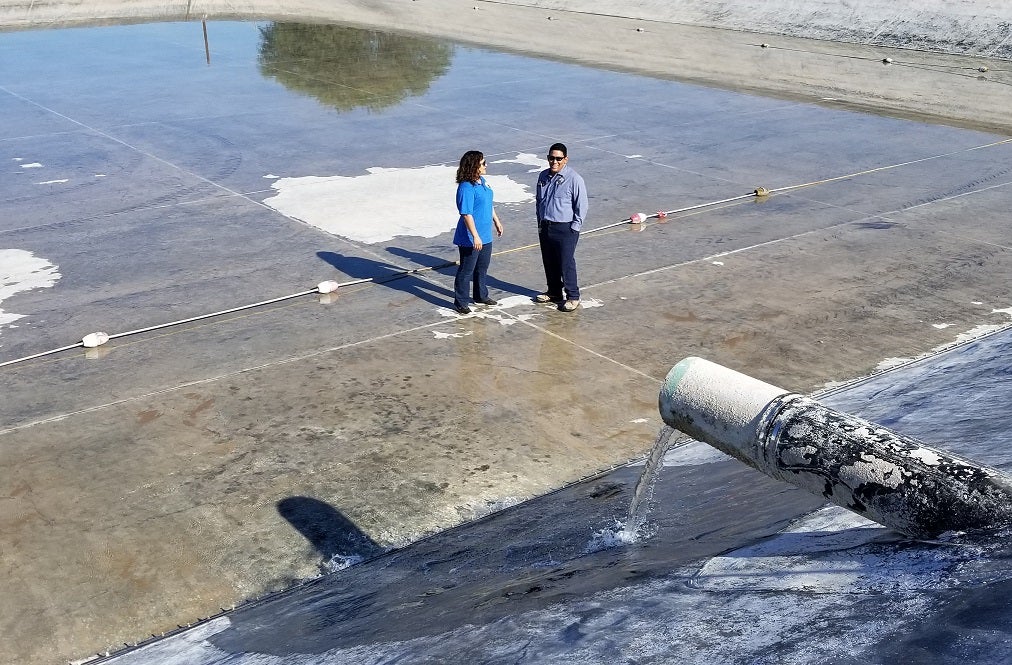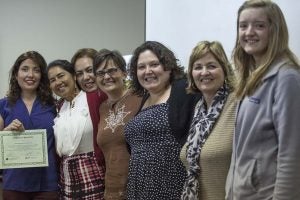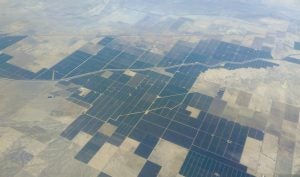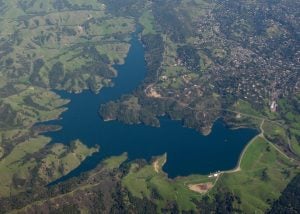Gov. Gavin Newsom has signed long-overdue legislation to dedicate up to $130 million a year to provide clean, affordable drinking water to more than 1 million Californians who still lack access to this vital resource. The legislation creates the Safe and Affordable Drinking Water Fund to help cash-strapped, smaller water systems, which primarily serve rural, low-income communities.
The Seeley County Water District, located in Imperial County approximately 20 miles from Mexican border, is one of these communities.
Miriam Rosales and Aaron Garcia call Seeley home and have made it their mission to provide better water service to the town’s 2,000 residents. Miriam, a 46-year resident of Seeley, began at the district as the board’s secretary and became administrative general manager in 2017. Aaron began working in the water sector after being laid off as a music teacher and worked his way up to become Seeley’s chief operator in 2018.
Both participated in the Leadership Institute, a program originally developed by the Rural Community Assistance Corporation (RCAC), Self Help Enterprises and Environmental Defense Fund (EDF) to help disadvantaged communities more effectively engage on water-related decision-making and policy. RCAC, EDF, and Imperial County’s Community and Economic Development Office customized the program to address the issues of Imperial County.
Understanding Miriam and Aaron’s challenges is helpful to understanding how a state as prosperous and innovative as California can struggle to provide safe drinking water to all its residents. Here are some excerpts from a recent conversation I had with them about their work.

Miriam Rosales, administrative general manager, and Aaron Garcia, chief operator, had made it their mission to provide better water to their community while leading the Seeley County Water District.
Read More »














